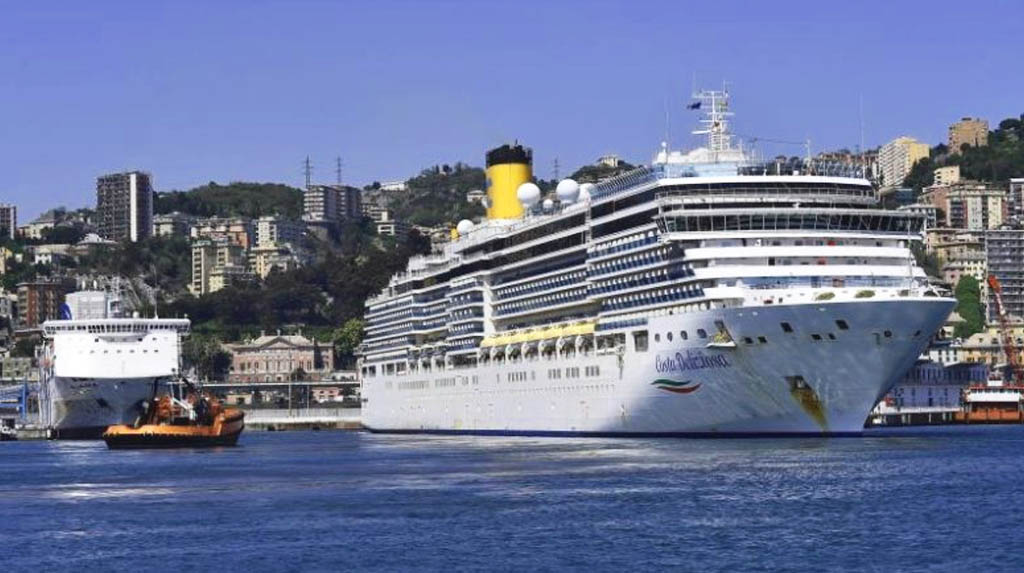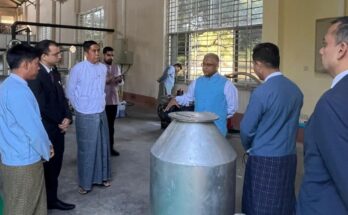Rome: Italy will keep its ports closed to NGO boats carrying out rescue operations in the Mediterranean for the duration of the coronavirus emergency in the country, Interior Minister Luciana Lamorgese said.
On Wednesday Lamorgese addressed the media via videolink and referred to the 34 migrants recently rescued by the Spanish NGO boat Aita Mar and the 140 saved by the Alan Kurdi, operated by German charity Sea Eye, who have been transferred to a ferry for quarantine, reports Efe news.
She said the migrants would remain on the boat, anchored off Palermo, until tests ruled out any coronavirus cases and that the Italian government would then begin the process of requesting they be taken in by countries across Europe.
Such a move would be in accordance with the pact signed by Italy, Malta, France and Germany last September in a bid to alleviate the pressure the European Union’s southerly members, namely Italy and Malta, were coming under with regards to migrant arrivals.
Italy’s decision to close its ports on April 8 was necessary due to the pandemic in the country, one of the worst hit in Europe, the Minister said.
Transferring the migrants rescued by the two NGO boats to quarantine on ferries was the next best humanitarian option, she added.
“The duration of the port closures depends on the health emergency in the country,” she added.
Italy has been one of the world’s worst-hit nations in the coronavirus pandemic so far and the death toll in the Mediterranean nation on Wednesday increased to 25,085, the second highest globally after the US.
The number of cases stood at 187,327.
With the rate of infection seemingly slowin in Italy, the Minister said she was in favour allowing children out for walks.
Currently they are only allowed to accompany parents on essential errands after a proposal to let them out for walks was scrapped by Prime Minister Giuseppe Conte.
The Italian government is currently studying a tentative reopening of the country from May 4 once the curve of transmissions was fully under control




